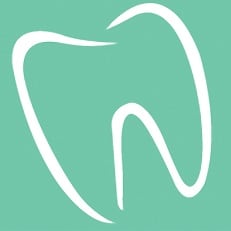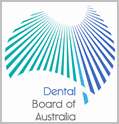Tooth extractions can become necessary for a number of reasons. These include severe decay, periodontal (gum) disease, impacted wisdom teeth, trauma, irreparable damage and orthodontic reasons.
The best method for extraction will be identified using x-ray images and discussed with you.
Why are tooth extractions necessary?
It is always the priority of your dentist to keep your teeth complete and in great condition. Unfortunately, sometimes it becomes necessary to extract a tooth rather than treat it. This is done for many reasons including:
- Trauma to the tooth – if your tooth cannot be repaired due to severe damage, it may be removed.
- Infection or risk of infection – a serious tooth infection which cannot be treated with antibiotics or a root canal may require the removal of the tooth concerned. If you are at high risk of suffering from an infected tooth and are immunosuppressed, the potentially offending tooth may also be removed.
- Periodontal disease – gum disease is usually treatable, but severe cases may require a tooth extraction to treat it completely.
- Impacted wisdom teeth – impacted wisdom teeth can cause pain, damage other teeth and make chewing uncomfortable, so are often removed.
- Overcrowding – teeth are sometimes overlapping or misaligned and require orthodontic work to correct the problem. This may require the removal of one or more teeth to allow the remaining teeth to be positioned correctly.
How are teeth extracted?
There are two types of extractions – surgical and simple. A simple extraction is when the tooth is easily seen and grasped. A surgical extraction is when the tooth is hidden or partially hidden under the gum line or/and will be difficult to remove.
Before the extraction, your dentist will take x-rays to identify the best method of extraction. You will also be asked for a full medical history, including all medications you are on. While an extraction is normally an extremely safe procedure, some people with specific medical conditions may require additional treatment or monitoring.
You will receive pain relief before they begin the extraction and during the procedure you will not feel any pain. Forceps and other dental instruments are used to loosen the tooth, with it being removed whole if possible. Gauze will be placed over the hole to allow a blood clot to form and you will be asked to bite upon it to place pressure on the area to assist this.
Caring for your mouth after an extraction
Your pain relief will start to wear off after about an hour after your extraction. During that time, it is important you don’t accidently hurt your mouth or teeth by drinking hot beverages or biting the inside of your cheek.
It is important to limit vigorous exercise for 24 hours after an extraction, as well as any rinsing or spitting. Clean your teeth carefully, avoiding the extraction area. After 24 hours, a warm salty mouth wash may be used. Take painkillers as recommended and eat mainly soft foods until your extraction site has healed sufficiently to resume a normal diet.
Pain and discomfort are normal immediately after an extraction, but if it continues to be severe, please contact your dentist immediately.
Herald Avenue Dental Centre
7 Herald Avenue, Willetton 6155
For appointments, information or dental emergencies:





